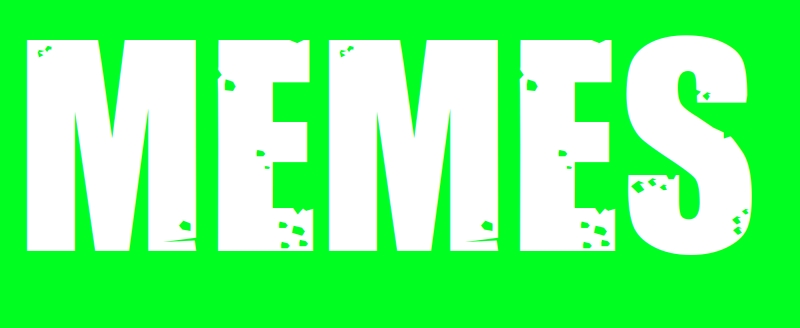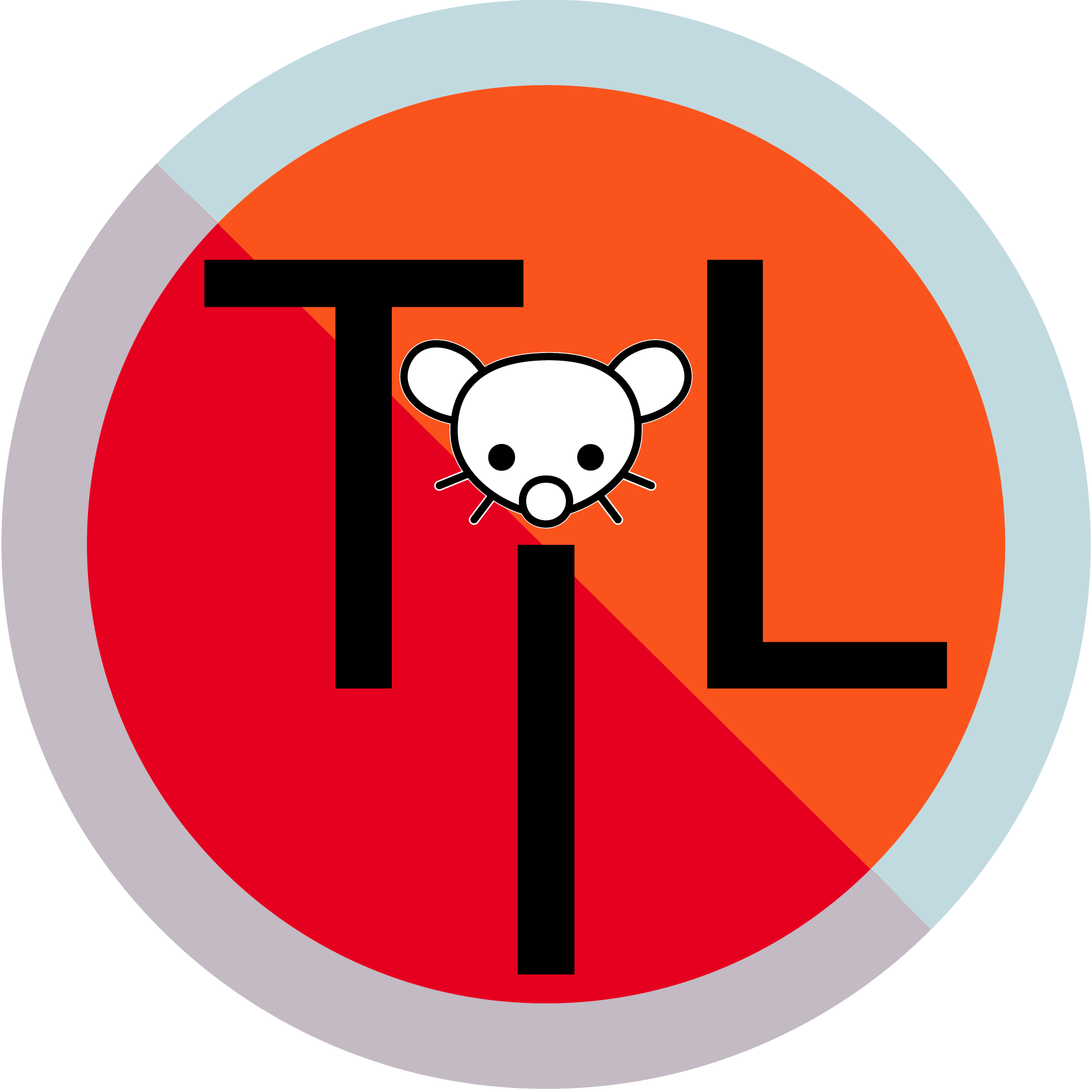

You used macro_rules, which is not common at all. Most rust files don’t contain any macro definition.
This code doesn’t even compile. There is a random function definition, and then there are loose statements not inside any code block.
The loop is also annotated, which is not common at all, and when loops are annotated it’s a blessing for readability. Additionally, the loop (+annotation) is indented for some reason.
And the loop doesn’t contain any codeblock. Just an opening bracket.
Also, the function definition contains a lifetime annotation. While they are not uncommon, I wouldn’t say the average rust function contains them. Of course their frequency changes a lot depending on context, but in my experience most functions I write/read don’t have lifetime annotations at all.
Yes, what you wrote somewhat resembles rust. But it is in no way average rust code.











“not having mandatory parenthesis in if statements is hazardous, so I prefer to write C instead of rust, because I really care about safety” < that’s how you sound.